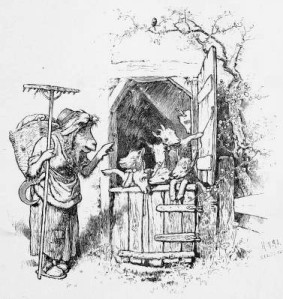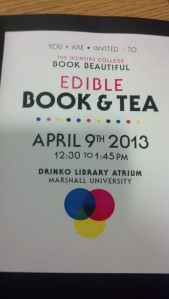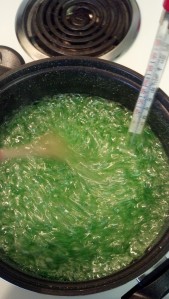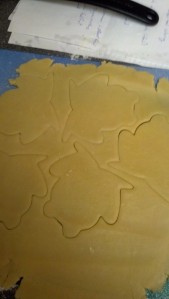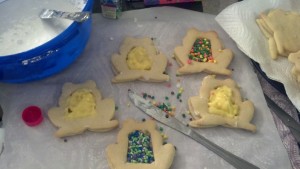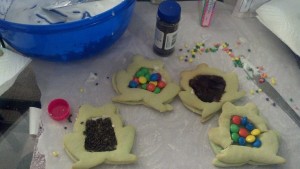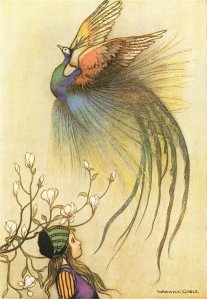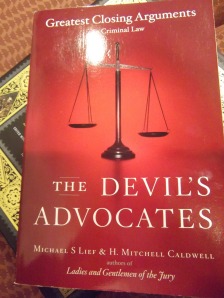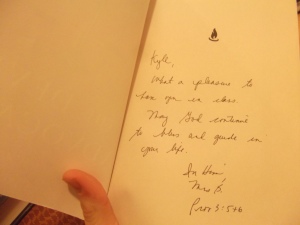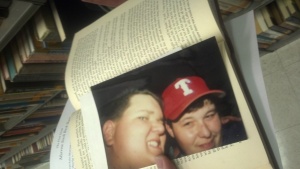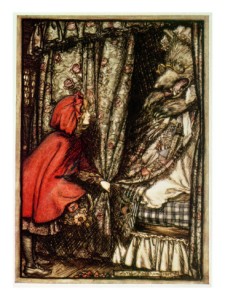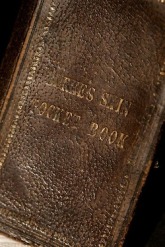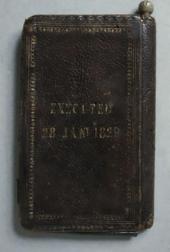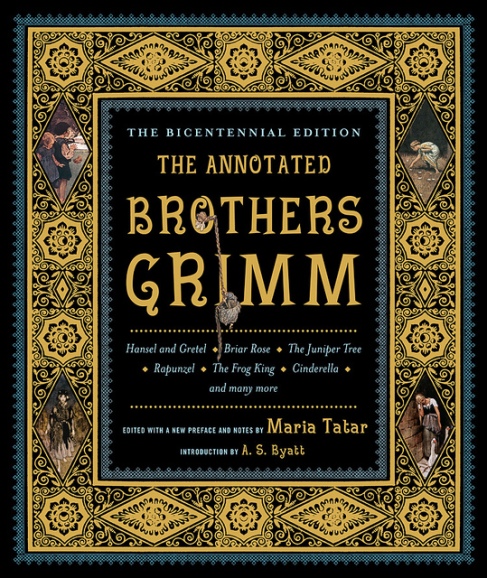The old scoundrel often disguises himself, but you won’t have any trouble recognizing him, because he has a gruff voice and black feet. – The Wolf and the Seven Little Goats
According to the Association of American Publishers (AAP), from 2011 to 2012 the sale of hardcover books has gone down by 6.7%! The sale of ebooks has increased by 33.2% from 2011 to 2012, but don’t panic yet. The sale of paperback books has also increased from 2011 to 2012 and this increase was by 19.1%. People are still reading real actual paper-bound books, and the sales of actual books still exceeds that of ebooks by about 1500 million, give or take a 100 million. However, the question still remains, are we going to loose our precious books and book stores?
I would like to argue that ebooks will never fully replace paper books. I saw this first and foremost because I believe that people like books way too much. I read an article by Kane Hsieh in which he states that companies need to stop trying to make ebooks look like actual books. He argues that they are a different medium than books and should be treated as such. Ebooks can be used for more interactive reading experiences and should have different benefits that books cannot provide, but should not try and replace books. He jokes that he should be able to scroll down by double blinking, but in all honesty there could be some great innovations with ebooks that have special touch pads and holographic images. The question that he leaves unanswered however is something that appeared right away to me. Why are companies making ebooks that resemble actual books?
When Gutenberg printed his famous Bible, he did so using black letter, a typeface used to mimic actual handwritten manuscripts. Gutenberg wanted to produce more books using movable type, but created them to be familiar to something else that had existed for a longer time and which more people were familiar with. Ebooks are made to mimic actual books in order to be more familiar. Companies make the screens look like actual turning pages, and some add sound effects to sound like a page has been turned. One could argue that ebooks are going to replace actual books and are made to be similar so people will be more willing to try out something if it is more familiar to them. However, I believe they are made to be similar simply because people just love books. There have been other inventions that hint and suggest this. Perfumes and sprays have been made to smell like books, and many different and new modern book selves have been invented in order to accommodate to the home of a book lover and not an ebook lover.
Other more harder facts to note are that despite easy accessibility online to buy paper books and ebooks, studies show that readers usually do not use online bookstores to discover books. Typically they will find a book that they would want to buy somewhere else, namely a bookshop. Bookshops even have some power over online shops like Amazon. Bookshops have been known to boycott books sold on Amazon and so will not carry copies in their stores. Because of these boycotts, books that were projected to be big hits did not sell very well. People still check out bookstores and will not typically search for new books to read online.
With these things said, I just have to say that personally I will forever remain faithful to the book and will keep turning pages til my coffee cup runs dry. I love real books and it would truly break my heart if they were ever to be completely replaced by ebooks.
A house without books is like a body without a soul. – Cicero
And here is a fun video of something you cannot do with ebooks.
